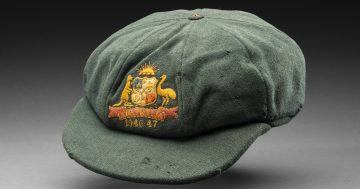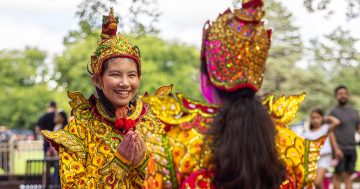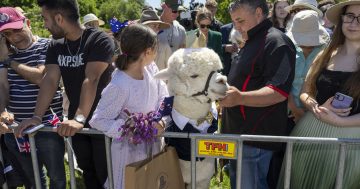
This is one of the “little igloos” built on the NSW South Coast during the war. Photo: Gary Traynor.
Moruya’s military history will soon be on display as the country marks a major anniversary.
Four structures were built by the Royal Australian Air Force (the RAAF) during the Second World War, linking to other coastal defences and the nearby Moruya airbase amid invasion fears.
During the Second World War, military installations were set up along the coast to defend against a Japanese invasion of the country.
Former police officer and historian Gary Traynor said the RAAF picked Moruya because it was halfway between Nowra and Mallacoota.
“At this air base, they could refuel, rearm, rest crews and things such as that,” he said.
Two of the bunkers were bomb dumps – essentially “little igloos” to store bombs – while the other two were used as an operations building and a transmission station.
Construction work finished by early 1943, but Mr Traynor said the “war had moved on” by then.
“Kokoda had already been fought and won, and we were looking at pushing the Japanese back in September of ’43 in the Battle of Lae Gulf.
“It’s total bollocks to suggest they were [going to land], but the fear in 1942 was real.
“They never really reached the height of their potential … but they certainly were used.”
Only one is fully operational (and home to the Thelmore Pistol Club), while the other three are in a “semi-relic condition” and rarely opened.
“They need to be preserved, so we’re slowly making roads to get them recognised.”
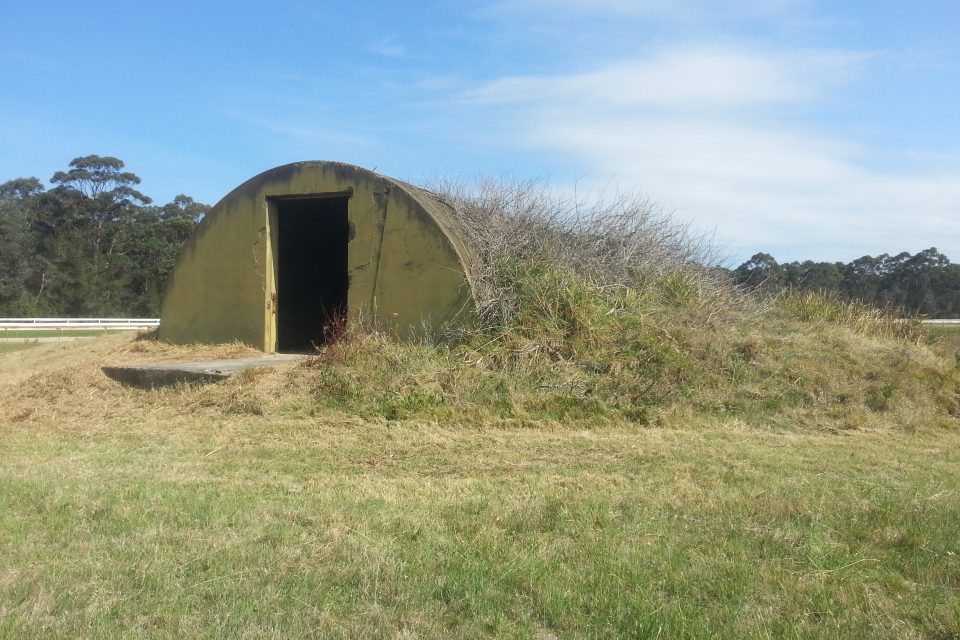
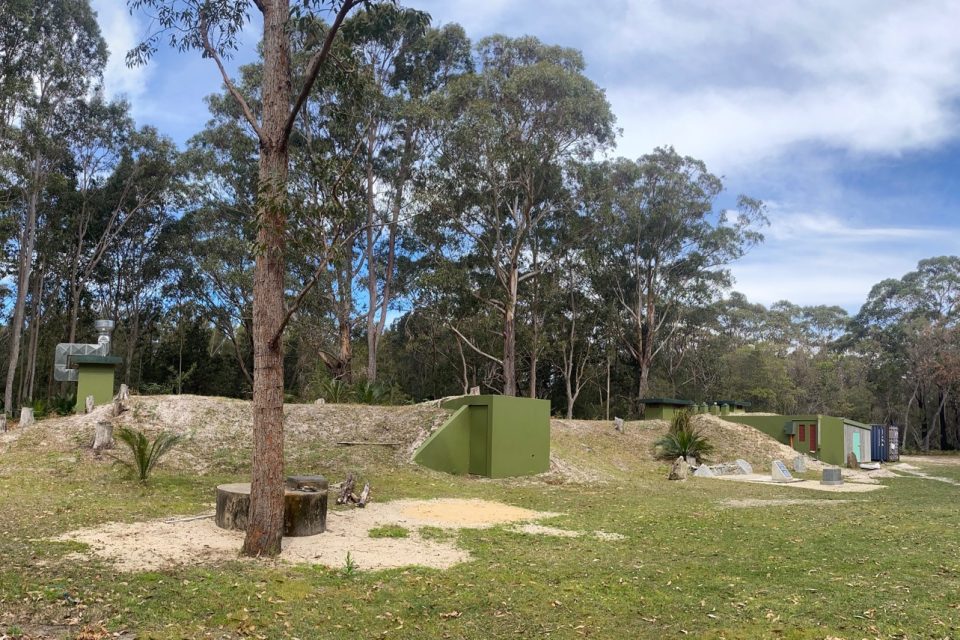
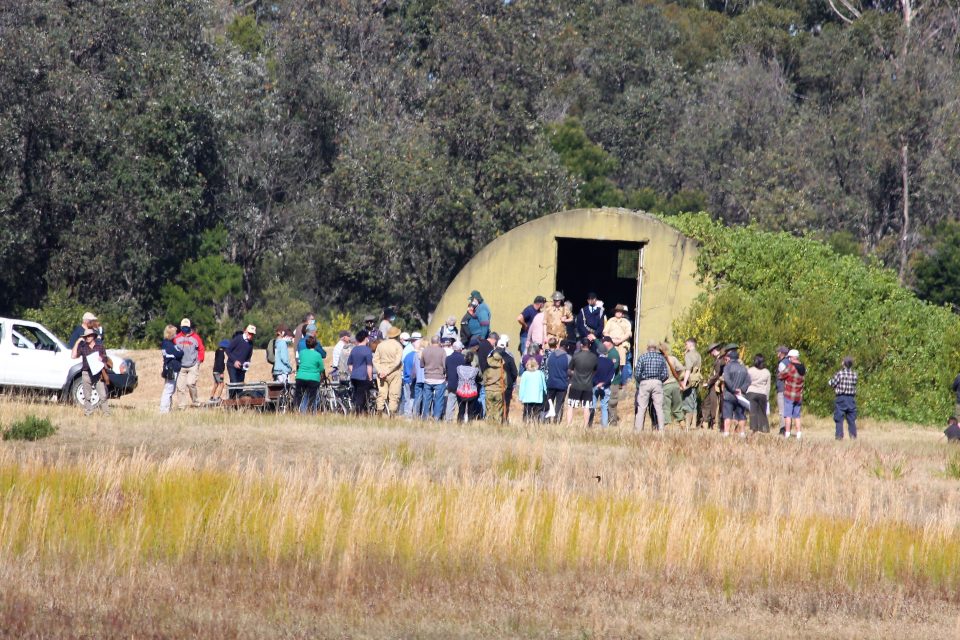
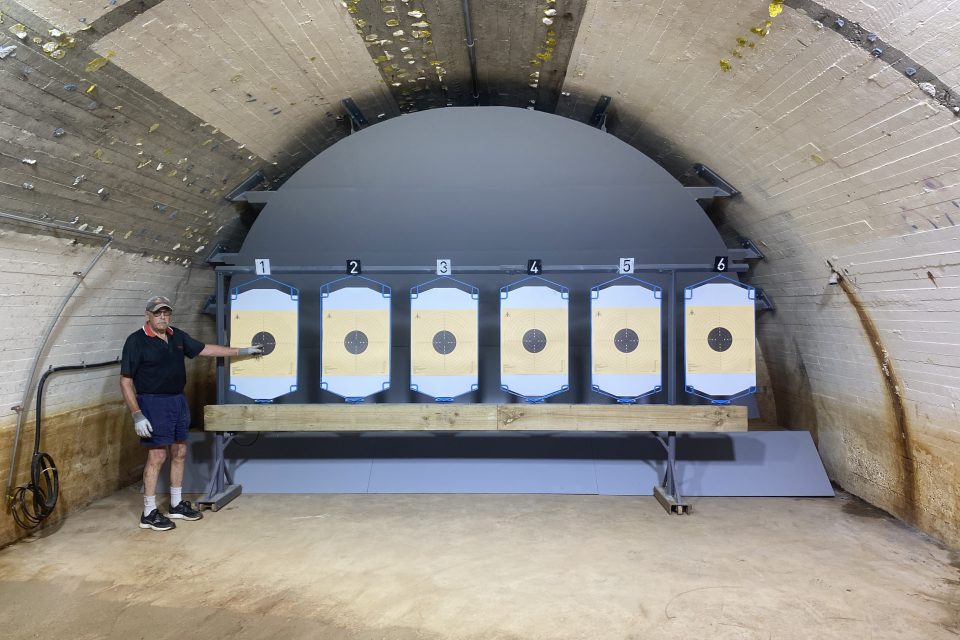
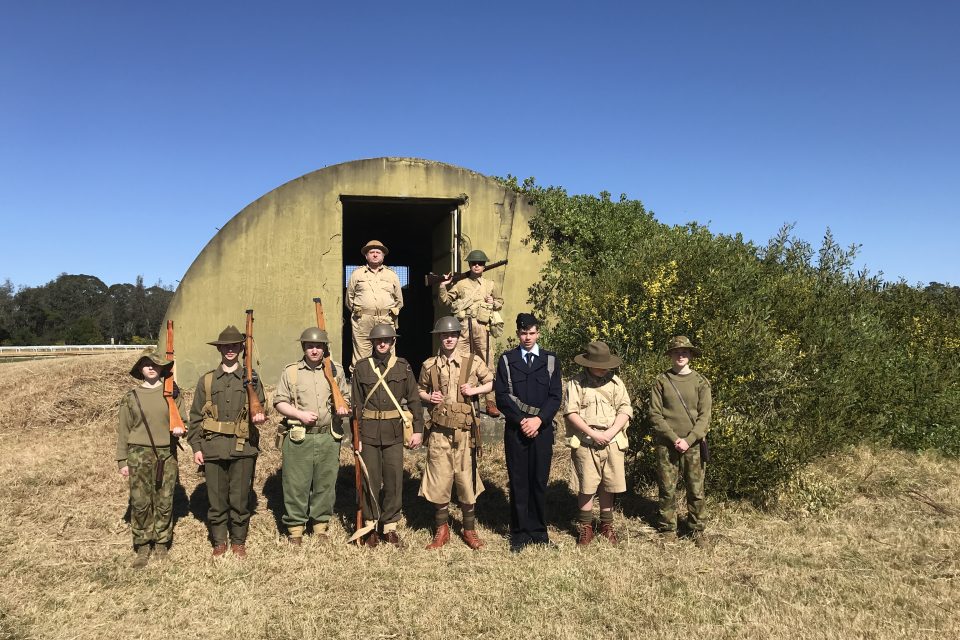
Mr Traynor sees the bunkers as a physical reminder of Australia’s wartime history.
“They are that tangible link. They are our reminder that men and women served during that time,” he said.
“When you look at [similar installations along the east coast], Moruya is slap bang in the middle … We are one of the few towns that has that link to that particular time.”
The public will be able to investigate the bunkers for themselves later this year, when Mr Traynor’s group, When War Came to Moruya, commemorates the end of the Second World War.
In addition to bunker tours, it will also involve a walking tour around town (including an after-hours visit to the Moruya Courthouse), a concert run by the Moruya RSL, theatre shows, lost medals being returned to veterans and more.
“We’re always going to be solemn and respectful, but it’s also a joyous occasion.
“This is the end of the [Second World War], which many people are celebrating across the world.”
Further information on the When War Came to Moruya group, including on the bunker tours, can be found on its Facebook page.
Events to mark the 80th anniversary will be held from 15 to 17 August.







